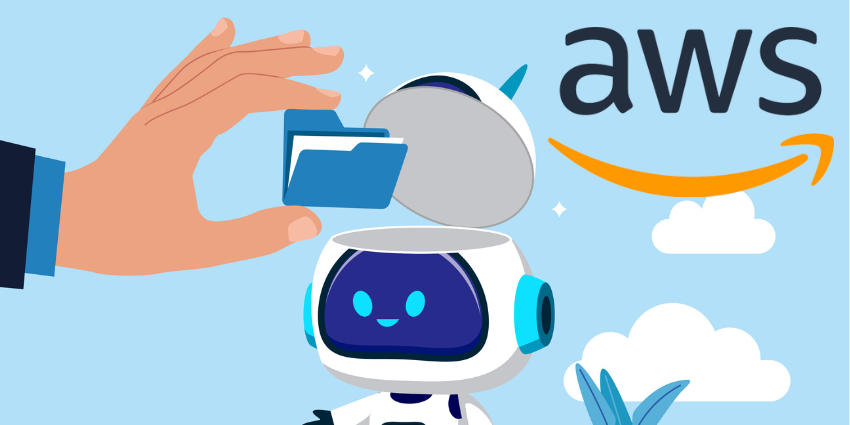Among the many impacts of the pandemic on economic life has been the need for brands and customers to figure out how to better interface with one another from a distance. In the short term this usually meant greater reliance on phone and chat-based interactions, however when 2020 hit, the world quickly learned that these services – typically delivered via tightly packed contact centres – were themselves untenable.
Companies specialising in providing outsourced customer experience (CX) support that had previously adopted cloud-based solutions rapidly transitioned their centralised workforces to home-based and rushed in to fill this gap.
This move seemed to suggest a relatively straightforward approach to more resilient CX, and at a pivotal time. However, Manila, capital city of the Philippines and an offshore location heavily relied upon by outsourcers, remains in the process of cleaning up from Typhoon Vamco, which cut power and internet to most of the region for days, leaving hundreds of thousands of home-based CX agents offline. Refuges for the homeless will undoubtedly accelerate the spread of the virus which may impact recovery efforts and workforce availability.
The juxtaposition of Covid and Vamco makes clear that in a time of increasingly severe and unpredictable global climate, social and viral disruption, CX resilience demands more than just cloud technology investment to power a remote workforce.
Judd Bagley, Vice President of Marketing at Everise, a CX experience company offering up cutting-edge customer service solutions for high-growth businesses gives his forecast into key cyber security predictions for 2021.
He expects enterprises maintaining strong CX connections into the next year will be those that understand the following six points and either incorporate them or partner with outsourcers that already have.
The Need for Remote and Socially Distanced Workplace Options
True disruption proof CX strategies will require both a mix of onshore, nearshore, and offshore, with each of these leveraging remote and socially distanced workplace options. These will need to dynamically route volume in response to short term needs, while cross-training and re-deploying talent as needed over the medium term – as global conditions and seasonality demand.
The Power of Artificial Intelligence (AI)
Given the high possibility of new lockdowns in potentially more severe second or third Covid waves – and the unpredictable impact these will have on data infrastructure – it is essential that business continuity plans incorporate automated, AI-powered customer facing technologies able to reliably fill service gaps.
Infrastructure Stability
Eighty five percent of the world may have some form of internet access, but infrastructure stability is and will remain a limiting factor in the transition to remote work, not just in the developing world but in the rural developed world. For those looking outside the US, South Asia and Central America will offer the best balance of workforce quality, labour rates and network reliability.
Health is Wealth
As the cloud permits broader talent recruitment, competition for the best workers will also increase. In that contest and in the current climate, offering full-time employment with health insurance benefits even outside the US – as opposed to the more common outsourcer preference for hiring non-benefits-earning contract CX workers – has and will continue to pay off in the form of greatly reduced attrition and higher quality customer interactions.
Delivering Effective Product Training
The cloud made the rapid move to remote work possible, but the problem of training decentralised hardware support agents to the same high degree of familiarity as agents with easy access to on-site product labs remains to be elegantly solved by internet-delivered technologies. Complex consumer-focused connected device makers in particular must derive creative approaches to delivering ongoing, immersive virtual or hands-on product training to agent homes, now scattered broadly across the globe. The latter will require overcoming multiple logistical and technological hurdles, as user satisfaction and broad market penetration hang in the balance.
New Insights into Customer Emotions
The adoption of cloud-based training and collaboration tools offers a unique opportunity to consolidate business and employee intelligence data streams and thereby offer new insights into how customers are experiencing a brand.






